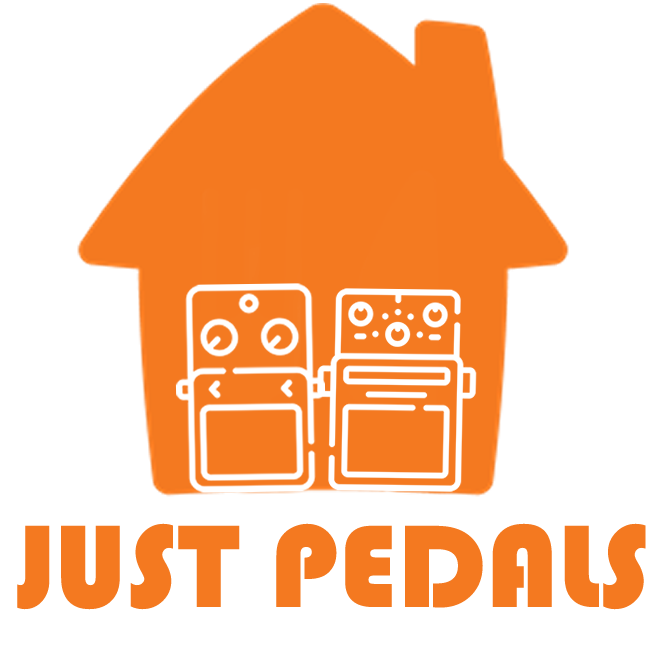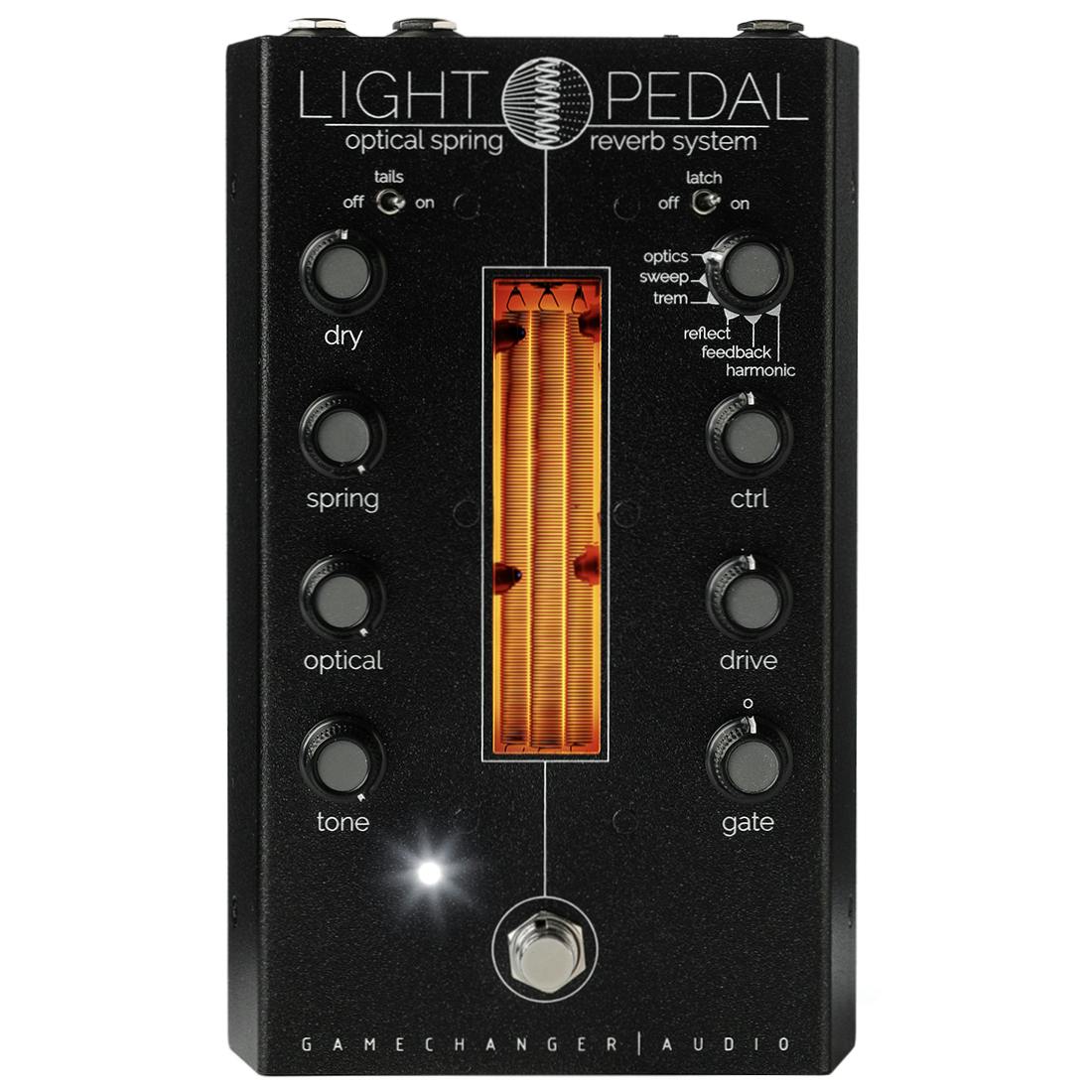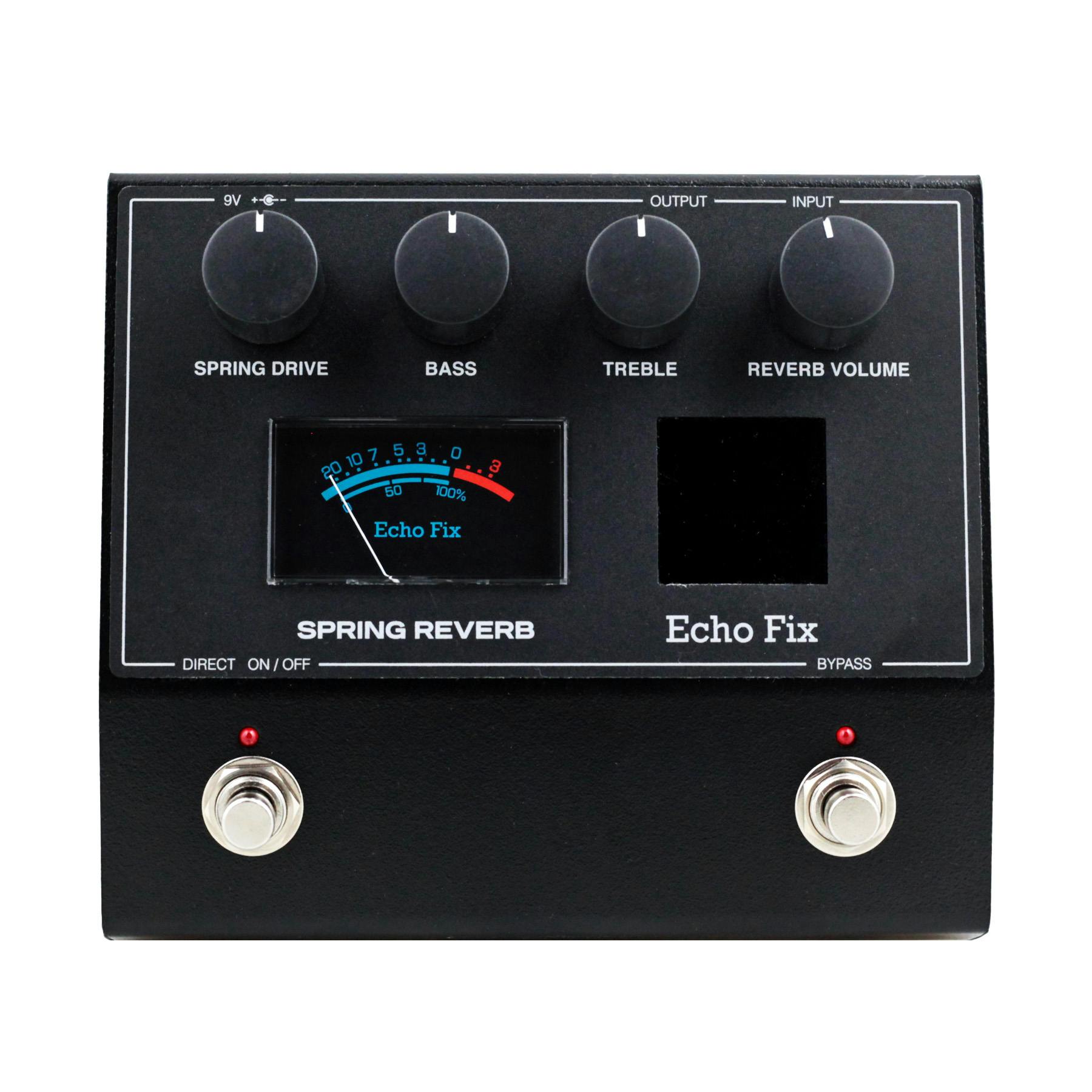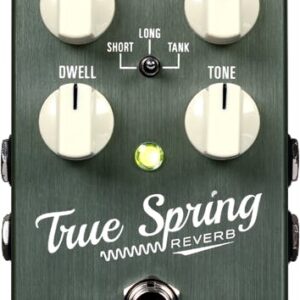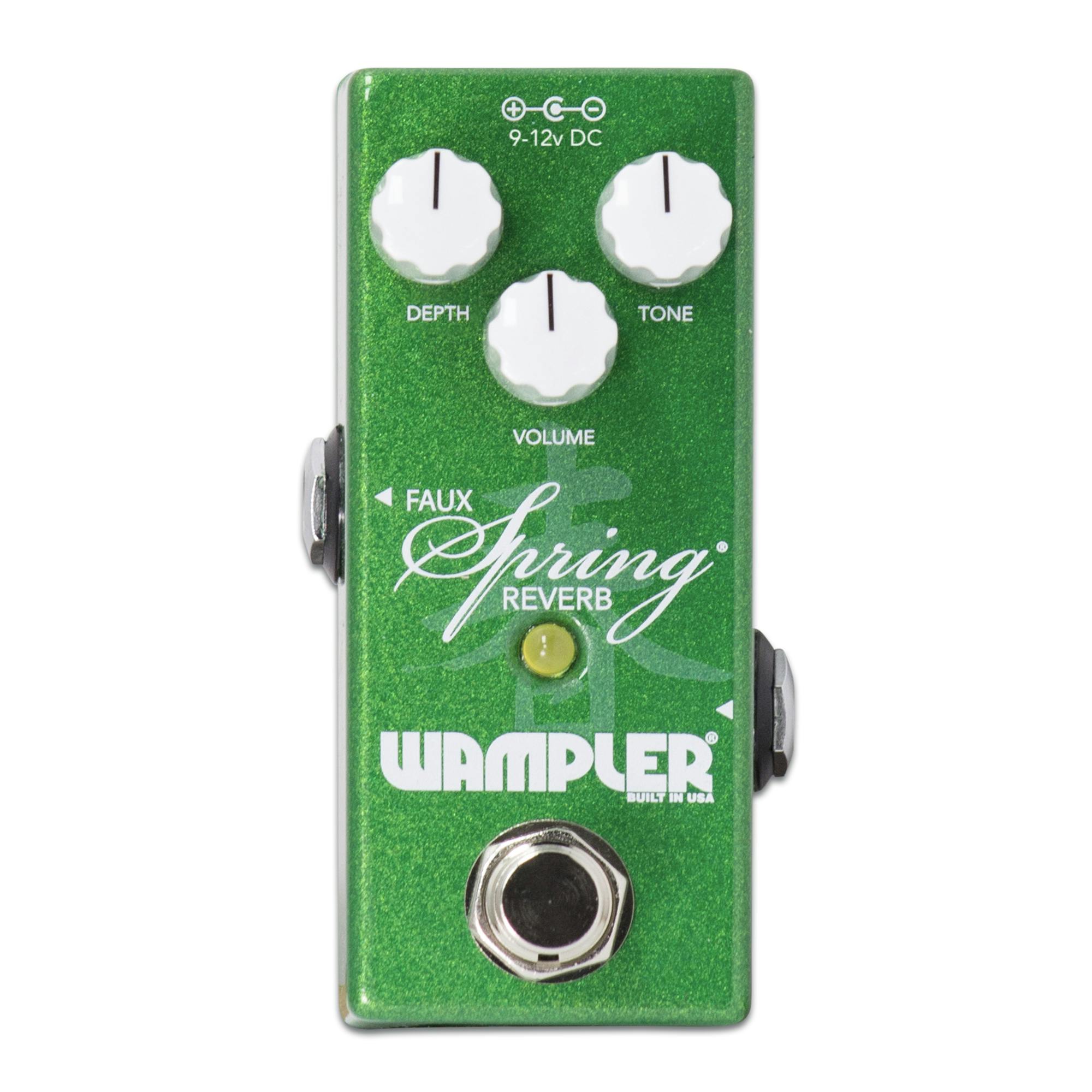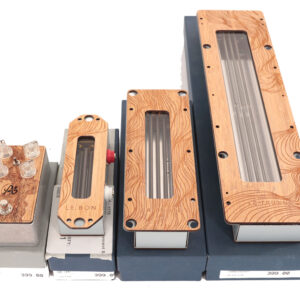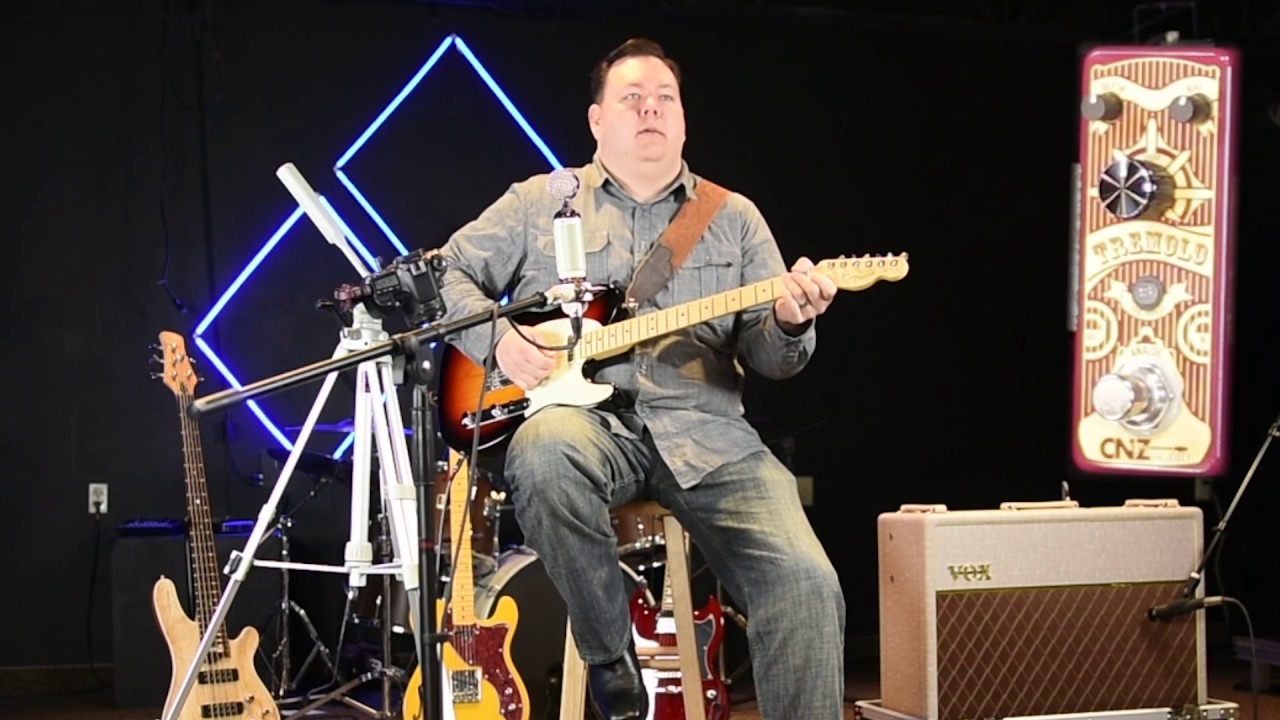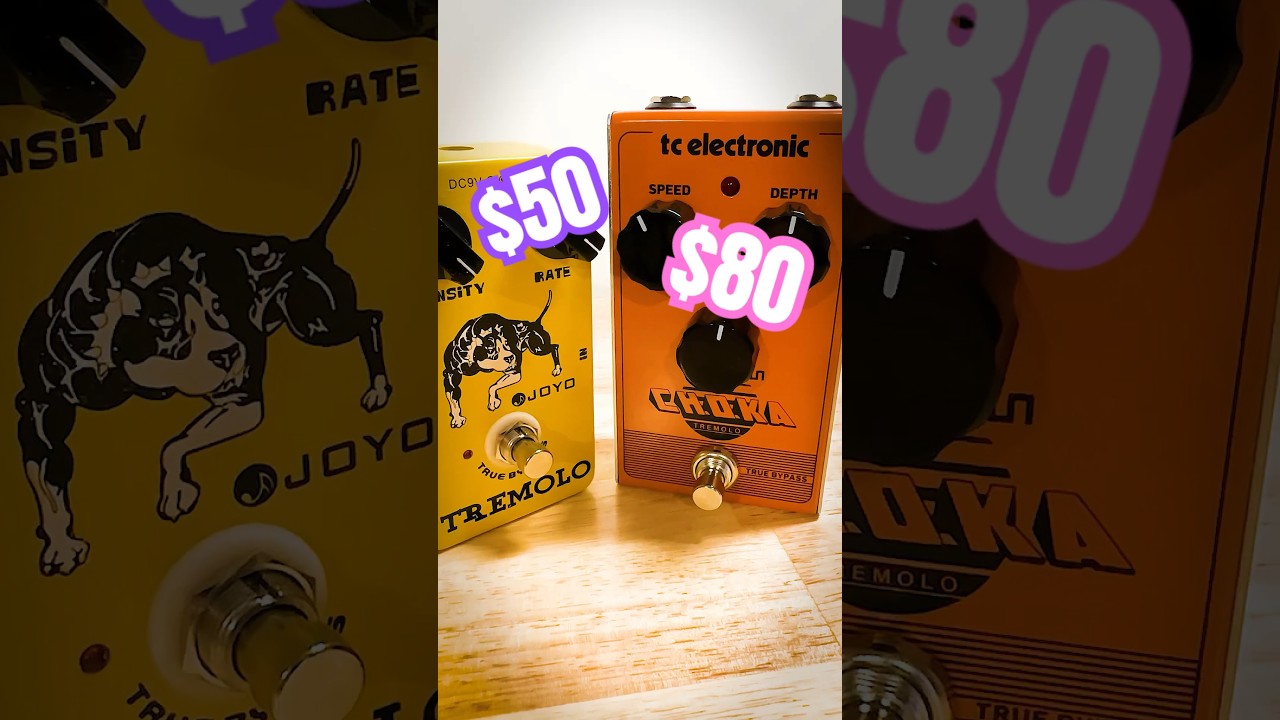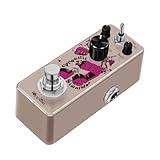Description
The Fjord Fuzz DOVRE Fuzz Spring Reverb Pedal in Quad Black is currently retailing at £219 and it is in stock. Available to be delivered to you by post direct (some charge may apply). The top pedal chef at Just Pedals thinks that Fjord Fuzz nailed it here. Fjord Fuzz DOVRE Fuzz Spring Reverb Pedal in Quad Black
We have new and used Fjord Fuzz musical equipment available on our website for fast direct delivery from sellers across the UK & Europe.
Fjord Fuzz is a boutique pedal company from Norway, known for crafting high-quality, handcrafted fuzz and drive pedals with a unique sonic character. Inspired by classic vintage fuzz circuits but reimagined with modern reliability and creativity, Fjord Fuzz pedals deliver rich, textured tones with dynamic response. Models like the BIFROST and FENRIR have gained a cult following for their ability to produce everything from warm, organic fuzz to aggressive, cutting distortion. With a focus on innovation and artistry, Fjord Fuzz pedals are designed for musicians seeking distinctive, expressive sound.
Fuzz is a type of guitar effect that distorts the signal in a more extreme and saturated way than typical overdrive or distortion pedals. It creates a thick, woolly tone with a characteristic "fuzzy" sound, often associated with the classic rock and psychedelic eras. Fuzz pedals work by clipping the waveform of the signal at a much higher level, resulting in a crunchy, sometimes harsh sound that has a distinctive bite and sustain.
Fuzz pedals can vary in intensity and tone, with some offering more subtle, warm fuzz and others creating a more aggressive, raspy sound. The controls typically include fuzz, tone, and volume, allowing players to shape the effect to suit their preferences. Classic fuzz pedals like the Electro-Harmonix Big Muff Pi and the Dallas Arbiter Fuzz Face have become iconic for their bold, powerful sound, making fuzz a staple for genres like rock, stoner metal, and experimental music.
Just Pedals is a new Guitar Effect Pedals Marketplace – We feature new and used Guitar Effect pedals from different sellers, to purchase online from the UK.
We checked and good news we have it in stock, it has your name on it.
Order today and we will have it with you in a jiffy !
A pedal is an electronic device that alters the sound of an electric guitar by applying various effects. Pedals are typically connected in a series between the guitar and amplifier, allowing guitarists to switch effects on and off with their feet while playing.
This enables musicians to quickly and easily change their sound, adding versatility and creativity to their performances.
Pedals are essential tools in many musical genres, including rock, blues, jazz, and metal, allowing artists to craft distinctive and dynamic soundscapes.
Once you buy one, you can't stop and then you have to sell them and buy more.
Reverb simulates the natural echoes and reflections of sound in different spaces, adding depth and atmosphere to a guitar’s tone. It can range from short, subtle room reverbs to large, ambient cathedral-like spaces. Common types of reverb include spring reverb (found in vintage amplifiers), plate reverb (a smooth studio-style effect), and shimmer reverb (which adds ethereal, harmonised overtones). Reverb is essential in many genres, from surf rock and blues to shoegaze and ambient music. Popular reverb pedals include the Boss RV-6, Electro-Harmonix Holy Grail, and Strymon BigSky, offering everything from classic warmth to expansive soundscapes.
<p data-start="0" data-end="418">Spring reverb is a classic type of reverb effect that uses a <strong data-start="61" data-end="71">spring</strong> (or multiple springs) inside a unit to create reverberation. When the signal is sent through the spring, it vibrates the coils, creating a natural echo-like sound that mimics the acoustics of a large room or hall. This type of reverb became famous in the 1960s, especially in <strong data-start="348" data-end="369">guitar amplifiers</strong>, and is known for its <strong data-start="392" data-end="415">wet, metallic sound</strong>.</p>
<p data-start="420" data-end="766" data-is-last-node="">Spring reverb has a distinctive character, often adding a <strong data-start="478" data-end="505">vintage, surf-rock vibe</strong> to the tone. It’s typically found in older amps or as a standalone effect in modern pedals. Although digital reverbs can simulate the spring sound, the real mechanical springs have a unique, organic quality, with some players using it for its warmth and charm.</p>
Just the latest videos
Just related products
26% Off £49.99 £36.99
7-Mode Effects: Room, Hall, Church, Spring, Plate, Studio and Mod. Digital circuit design, true bypass provides transparent tone. Whole Aluminium-alloy classic, stable and strong. LED indicator shows the working state. DC 9V Adapter power supply.(not…
read more £34.99 £31.73
【Classic Fuzz Pedal】Based on the legendary fuzz effect, Fuzz Stylish Ⅱ can be described as a faithful recreation of the classical fuzz pedal. Our classic-inspired pedal with a dense and delicate sound carries you back to the old days. 【Versatile Func…
read more £23.48
Fuzz Pedal – Legendary sustain and harmonic complexity for vintage rock tones. Dumble Simulator – Touch-sensitive overdrive with amp-like sag and compression. Acoustic Simulator – Three acoustic body emulations with piezo-style string response. All-A…
read more